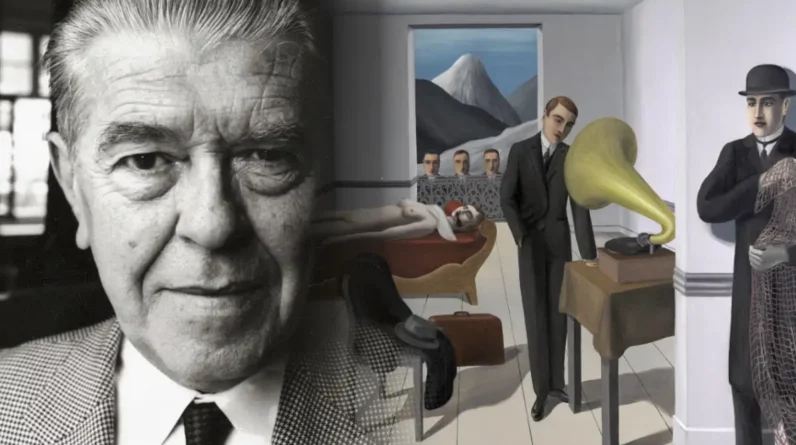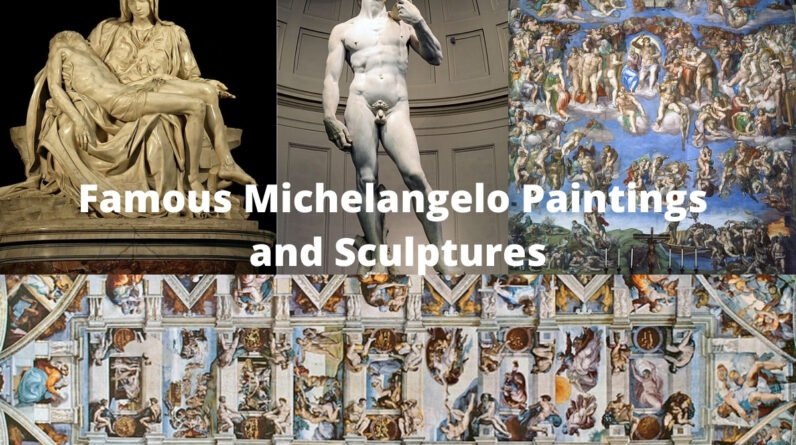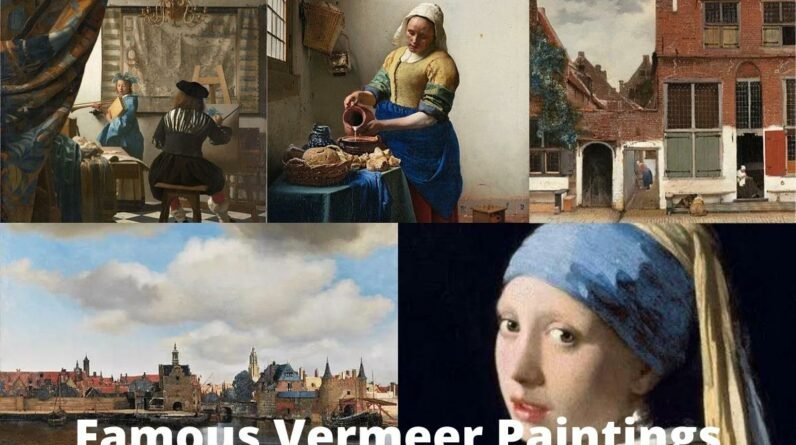
The Pre-Raphaelites are renowned for their use of color and bold brushstrokes, making them a popular choice for a variety of modern-day interiors. Below are some of the most famous pre-raphaelite paintings.
Ophelia by John Everett Millais
Ophelia by John Everett Milais is one of his most famous paintings. The artist spent months working outdoors in Surrey, England, and painted the landscape before turning his attention to the figure. The artist described waking up at six in the morning and working until seven in the evening, returning to his lodgings at seven in the evening. Millais later wrote of his struggles while working outdoors in his letters, which are included in his son’s biography. Ophelia was finished by mid-October 1851, and Millais used Elizabeth Siddal as his model. The actress was one of Millais’s friends, and a great influence.
The model for Millais’s Ophelia, Elizabeth Siddal, was the daughter of the painter Dante Gabrielle Rossetti. The actress became very ill, and her father threatened to take Millais to court. Despite this, Millais agreed to cover the expense of her medical bills. Millais paid for the model’s medical bills while she was recovering.

The Lady of Shalott by John William Waterhouse
The Lady of Shalott is a painting by John William Waterhouse, based on the poem written by Alfred, Lord Tennyson.
The painting shows the beautiful long-haired maiden in a secluded and serene setting. She’s lying in a boat, with her possessions. Waterhouse has mastered the art of depicting nature as a character in the piece. She’s also a popular choice for people who enjoy painting. If you love classic works of art, this painting is the perfect choice.
Although Waterhouse’s painting of the Lady of Shalott is a visual representation of Tennyson’s poem, it also speaks volumes about the position of women and their struggles throughout history. Waterhouse’s muted palette evokes a sense of desperation and isolation in this story. The Lady of Shalott has a crucifix and three dying candles. The painting’s ambiance is a metaphor for the passing of time, as the late season of the year corresponds with the end of the Lady’s life.

Proserpine by Dante Gabriel Rossetti
The subject of this painting is a clinging memory of a queen of the underworld whose name was Proserpine. This painting has many symbolic meanings – it personifies life and winter, female virginity, the forbidden pomegranate, and death. It has many layers of symbolism and is one of the most famous paintings of the pre-raphaelite movement.
Jane Burden, the muse of Rossetti, was depicted in the painting as Proserpine. She was the daughter of local groom William Morris and was probably romantically involved with Rossetti. Many people believe that Rossetti created this painting as a parody of Jane’s marriage to Morris. Rossetti was desperate to get Jane out of this marriage and to spend her days on the island of Olympus.
Although it’s not known if Jane Morris was the original model for Proserpine, the subject’s expression is indicative of her grief. Her right hand rests on her left wrist, and she seems to be trying to avoid eating the fruit. The image and the sonnet by Rossetti reflect the artist’s romantic and spiritual connection with Jane. Rossetti’s love for Jane Morris coloured his interpretation of this painting.

Lady Lilith by Dante Gabriel Rossetti
Dante Gabriel Rossetti was a painter who fused mythology and personal life in his works. He took on huge themes such as sex, life, and death and drew on his own personal struggles and traumas. He was also a fan of the Pre-Raphaelite movement. The artist’s most famous works include Lady Lilith and Girlhood of the Virgin Mary.
Rossetti painted Lady Lilith in 1868-88 for his patron Frederick Richards Leyland, who would go on to be one of the world’s most influential mercantile traders and ship owners. He may have been commissioned to paint the painting because of the patronage he received from Leyland. The painting is now held in the Delaware Art Museum, which features the face of Alexa Wilding.
Although his most famous pre-raphaelite painting features a naked model, it is largely based on the fanciful and surreal world of his childhood. Rossetti met the model, Alexa Wilding, the previous year and agreed to model for him for PS1 a week. In this work, Rossetti portrays the Near-Eastern love goddess as the evil Proserpine, which symbolised death. In the next painting, Astarte Syriaca, the devilish counterpart of the Roman Venus, is depicted full-lipped and bossomed, with attendants holding torches.

The Awakening Conscience by William Holman Hunt
Awakening Conscience by William Holmen Hunt (1853) is a painting by the English artist who was one of the founders of the Pre-Raphaelite Brotherhood. The painting is a representation of a woman rising from a man’s lap, looking out of a window. The painting is in the Tate Britain collection in London.

Beata Beatrix by Dante Gabriel Rossetti
Dante Gabriel Rossetti was a prolific artist who had already translated Italian poets and written his own original verse when he met the model, Elizabeth Siddal. This relationship brought him into the realm of poetry and art and swept her into Rossetti’s life. The painting is an evocative example of this artistic trend. Rossetti’s paintings inspired Robert Browning, as did his work with medieval subjects. Some of his most famous works are based on his poetry.

Boreas by John William Waterhouse
The Pre-Raphaelite paintings of the nineteenth century revived the elegant visuals and vivid poses of the earlier period. John William Waterhouse borrowed the classical styles of the Pre-Raphaelites while incorporating concepts of Impressionism. Born in Rome, Waterhouse later moved to London and exhibited his paintings throughout the city. He was awarded the CBE in 1880.
Originally, this Pre-Raphaelite painting was lost for 90 years. However, in the mid-1990s, it was discovered and put up for auction. It created a sensation among art enthusiasts and sold for an unprecedented amount, setting a new record for Waterhouse. In the biography by Anthony Hobson, the painting was described as “a lost masterpiece” and rediscovered for the first time in years.
Another painting by this group is St. Eulalia by John William Waterhouse, which depicts the martyrdom of St. Eulalia. Waterhouse’s painting depicts her semi-nude body and auburn hair suggesting blood and gore. Snow falls in the foreground. Waterhouse also painted the St. Eulalia, which was one of the most popular of the Pre-Raphaelites.

Lady Godiva by John Collier
One of the most popular Pre-Raphaelite paintings is Lady Godiva by John Collier. The painting depicts the beautiful and innocent Lady Godiva, a character from the medieval tale of the same name. The ornate harness, the muscles of the horse, and many other details reflect the beauty of this beautiful woman. Despite the realism, Lady Godiva is a beautiful work that exemplifies the artist’s talent.
Although this painting is a reproduction, it is not an exact replica. In reality, Lady Godiva is a historical mythological figure that has come to symbolize a number of different aspects of Victorian society. Her appearance as a naked woman in an outfit of noble attributes has spawned a number of interpretations, from the symbolism of moral purity to the idea of equality for all.
The painting has also influenced other artists. Edward Landseer’s Lady Godiva is another popular Pre-Raphaelite work. This painting depicts Lady Godiva praying before her journey. She is seen at St Michael’s Church, a 14th century building. The Priory is Lady Godiva’s benefactor. It has earned platinum status because it represents the woman’s inner beauty.








